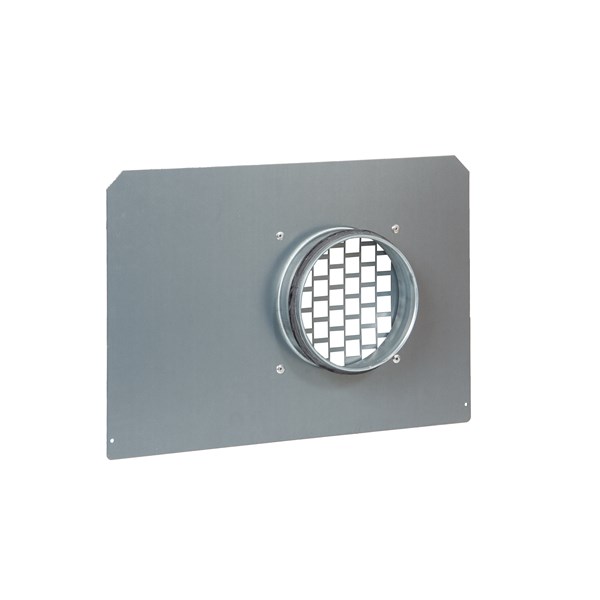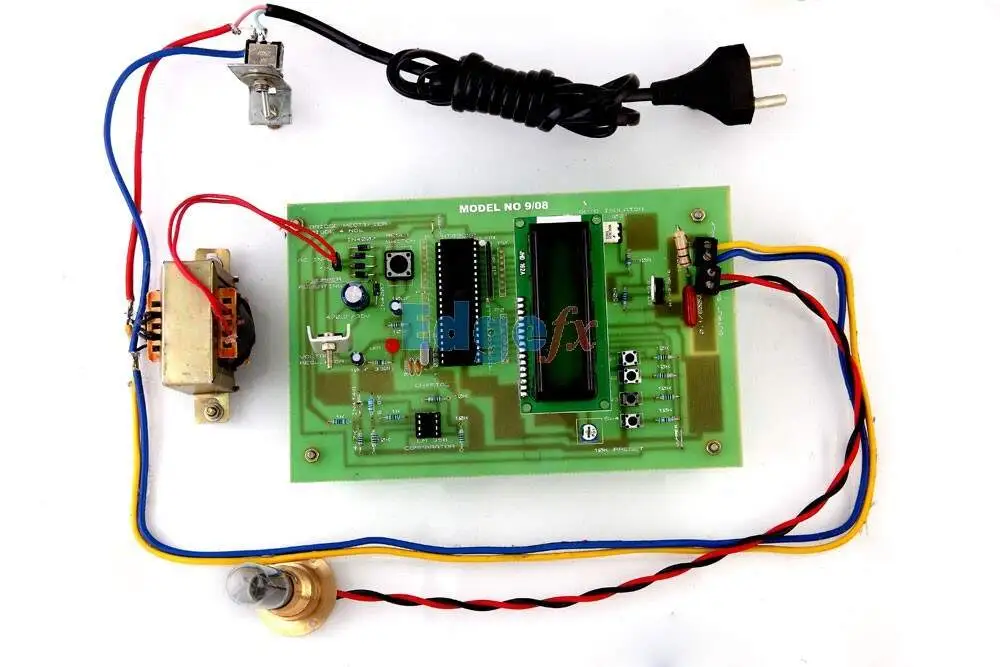
The compressed air enters the desiccant air dryer at a high pressure. This air typically contains moisture (water vapor) that needs to be removed before it can be used for sensitive processes or equipment.

The air passes through one or more towers filled with desiccant material (such as silica gel, activated alumina, or molecular sieves). The desiccant adsorbs (binds) the moisture from the compressed air, effectively drying it.

The dried air is then sent to the downstream equipment or process, where it is used without the risk of moisture causing damage.

Once the desiccant material in one tower becomes saturated with moisture, it is regenerated. This process involves removing the trapped moisture to restore the desiccant's effectiveness. In most desiccant dryers, this is done by using heat, pressure swing, or a combination of both.

Desiccant air dryers typically operate in a dual-tower system. While one tower is actively drying the air, the other tower is being regenerated. The system automatically switches between the two towers in a continuous cycle, ensuring a steady supply of dry air.
Leading Providers of PPR & Aluminum Pipelines, USG Screw Air Compressors, and Auto Drain Valves. Trusted for Quality and Reliability in Every Product.
H. No.251, Sector-12 Rozy Colony, Nai Basti Dundahera, Ghaziabad-201001, Uttar Pradesh, India
J-11 BS Complex Sector 58, Noida